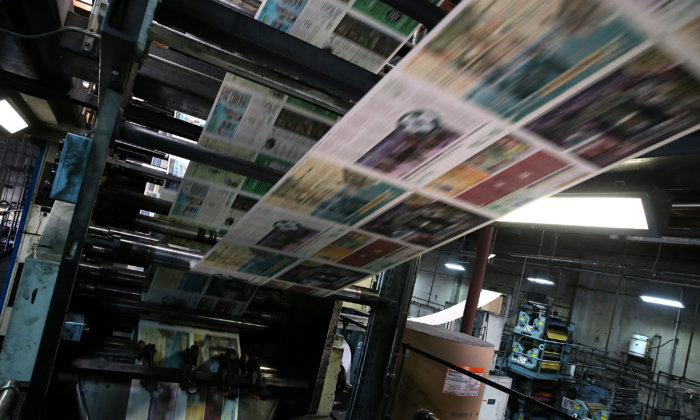The recent statements by Federal Reserve Chairman Jay Powell and Treasury Secretary Janet Yellen have sparked a common belief in the market that the U.S. economy is headed for a “Goldilocks” scenario. This term refers to an economic environment that is neither too hot nor too cold, but just right. However, it is important to critically analyze the rationale behind this belief, as it could become akin to a religious conviction if not based on solid economic principles.
One of the key factors driving the belief in a Goldilocks economic outlook is the experience of stagflation in the 1970s. This period was characterized by high inflation and stagnant economic growth, leading to economic hardship for many Americans. Proponents of the Goldilocks theory argue that the current fluctuations in inflation mirror those of the 1970s, leading to the belief that the U.S. economy is on the cusp of a Goldilocks scenario.
However, it is crucial to approach this belief with a critical eye and an understanding of historical context. While there may be similarities between the current economic climate and that of the 1970s, it is important to consider the unique factors at play in today’s economy. For example, technological advancements and globalization have significantly changed the economic landscape, and it is unclear how these factors will impact the trajectory of inflation and growth.
Furthermore, the recent comments by Powell and Yellen should be viewed in the context of their positions as leaders of the Federal Reserve and Treasury, respectively. It is their responsibility to provide reassurance and stability to the markets, and their statements may be aimed at achieving this goal. Therefore, it is important to take their comments with a grain of salt and conduct independent analysis of the economic outlook.
In addition, the Goldilocks theory relies on the assumption that the U.S. economy will continue to experience moderate inflation and steady growth in the coming years. However, this outlook is not guaranteed, and there are a multitude of factors that could derail this scenario. For instance, geopolitical tensions, natural disasters, and unexpected shifts in consumer behavior could all impact the trajectory of the economy.
Ultimately, the belief in a U.S. Goldilocks economic outlook is not without merit, but it is important to approach it with caution and a critical mindset. By conducting thorough analysis and considering the broader economic context, investors and policymakers can make more informed decisions about the future of the U.S. economy.




